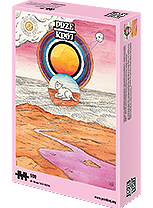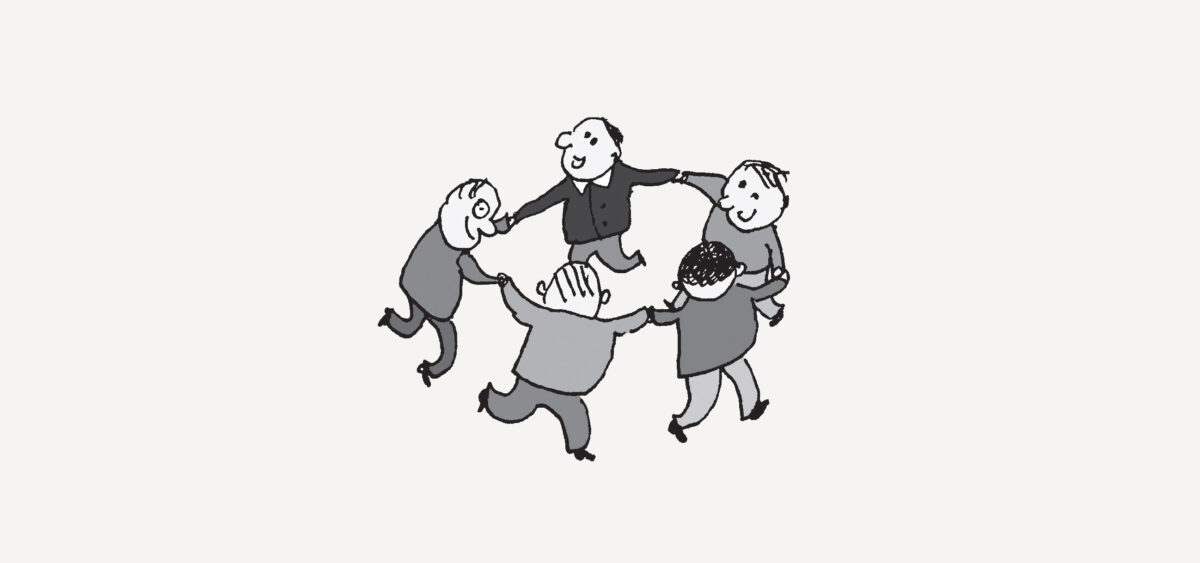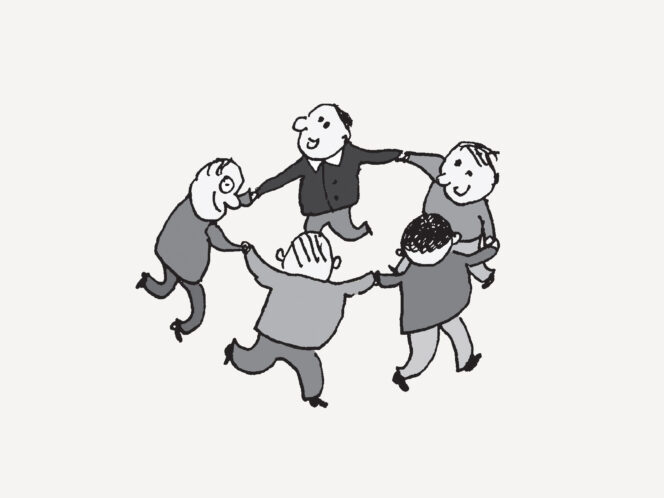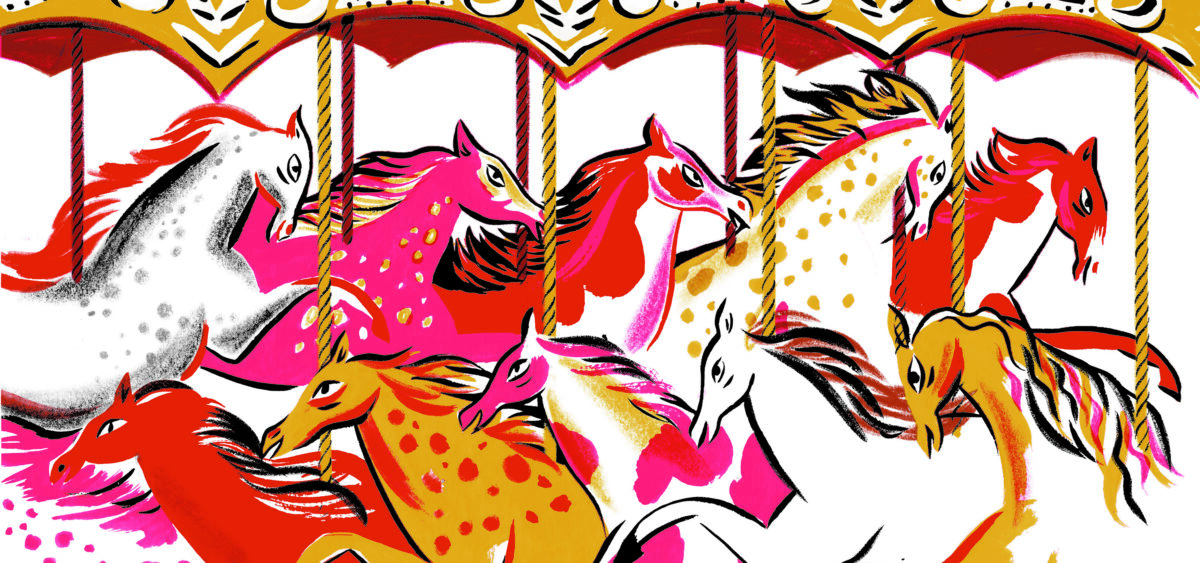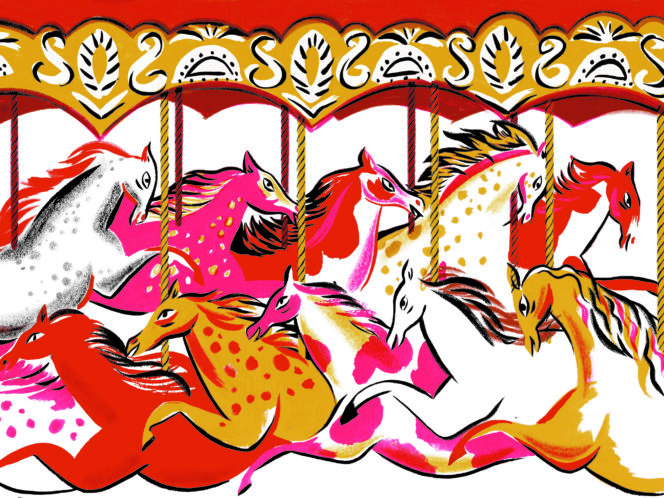
It is time to shed the Mickey Mouse costume. Walt Disney’s cartoon fantasy holds the truth about the most important transaction of our times. Perfect childhood is fiction, powered by technology.
“Daddy, why didn’t you tell me you’re Walt Disney?” asked six-year-old Diane with dismay. She found out at school, when a friend told her that it was her dad who created Mickey Mouse, Donald Duck and Goofy, the characters loved by all the kids across the nation. Diane and her younger sister Sharon lived a sheltered and very private life. Despite spending their afternoons playing in large studio warehouses, the girls treated them like a regular playground. They had no nannies and were not sent off to boarding schools or private governesses, like many other children in Hollywood. Their dad drove them to school. Walt was caring and eager to play with them, although he sometimes lost his temper and gave them a spanking. He protected the girls from the public eye; never took them to movie premieres, amusement park openings, or any other celebrations related to his growing empire of fantasy. What a paradox: the very man who spread childlike wonder across the world and helped to turn the relationships between grown and little people upside down, maintained imperturbable hierarchy in his own life.
He was fond of saying that while children have nothing adult about them, every adult carries a child inside them.
This was the foundation for his sweeping fantasy that by the beginning of the 21st century was a global and universal phenomenon, with a proportionally enormous financial potential. But Walt Disney was not a cynical man, hoping to feed off innocent instincts, nor


